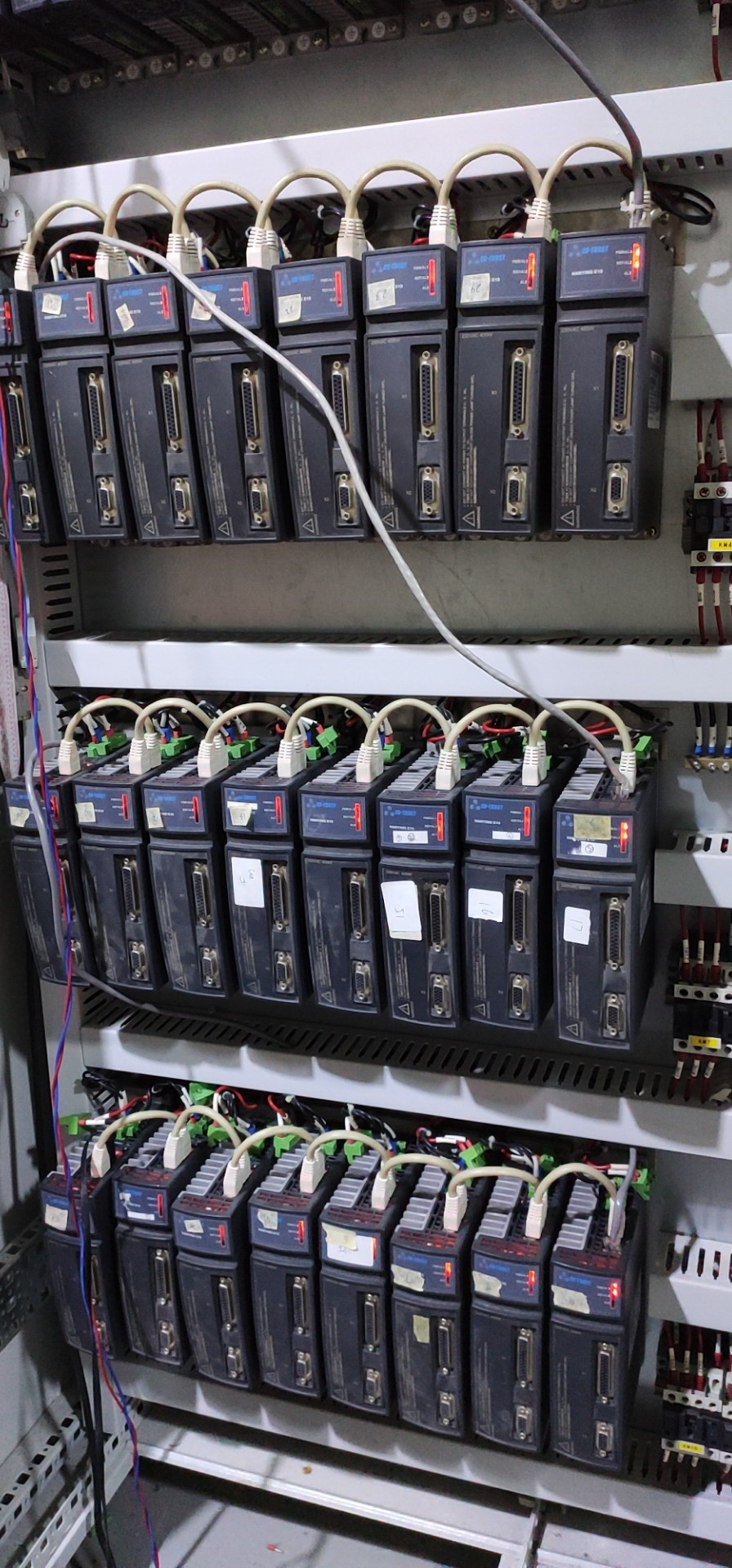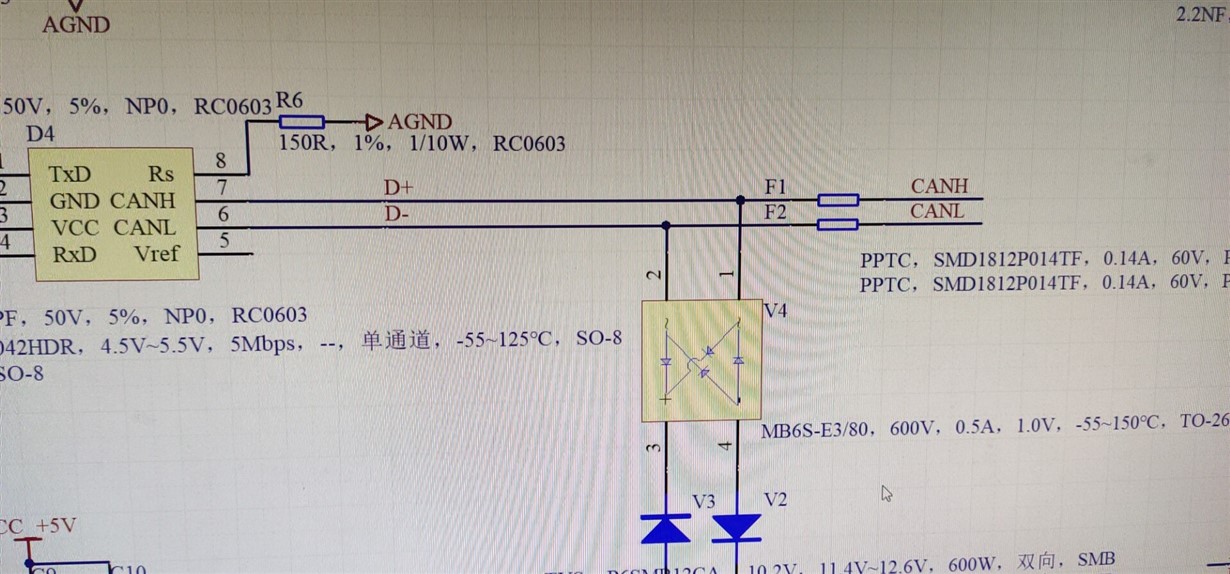Other Parts Discussed in Thread: SN65HVD251
Hi,
My customer used to use TCAN1042H, but recently, they asked for a new device which can support more device through the CAN BUS. . Please kindly suggest which TI device can meet this requirement?
More information. : 1M datarate, 5M distance, only can support 20 nodes. their target is more than 32 nodes.
1. is there any limitation or design consideration to support more nodes?
2. please recommend a better device which can support more nodes.



